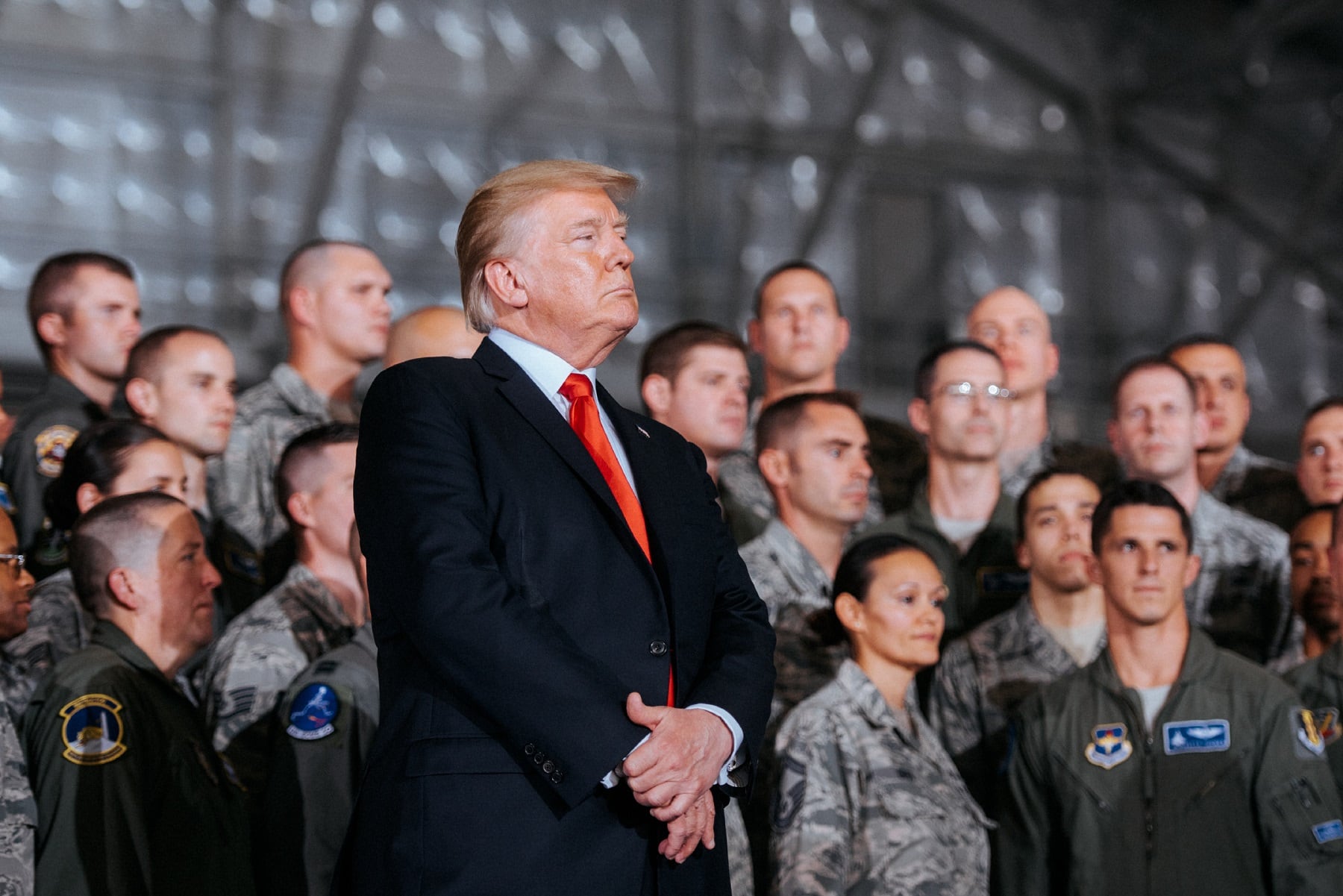WASHINGTON ― The National Defense Strategy will be revealed to the public in January, with a pair of major reviews of America’s nuclear and missile defense capabilities to follow in February, Deputy Secretary of Defense Patrick Shanahan said Thursday.
Speaking to reporters at the Pentagon, Shanahan confirmed the expectation that the National Defense Strategy would come out next month, describing the process of developing that document as cramming the two-year Quadrennial Defense Review process into a five-month window.
The deputy acknowledged that the Pentagon archives are littered with strategy documents that come out and then fail to make an impact, but pledged that Defense Secretary Jim Mattis is determined to make this document matter.
RELATED

“We will probably talk about the National Defense Strategy probably a hundred thousand times” in 2018, Shanahan predicted. “Because if we don’t talk about it a hundred thousand times, it will just become a document that lives on a shelf ― and the difference between strategy and real outcomes if you marshal resources.”
As to the Nuclear Posture Review and Ballistic Missile Defense Review, those will both be released in February. While both those documents will have some impact into the upcoming fiscal 2019 budget proposal, they will truly show up in the FY20 request, Shanahan said.
Experts are closely watching both reviews, which are expected to call for increased activity in both categories, driven in part by concerns about North Korea.
Asked about specifics in the Ballistic Missile Defense Review, Shanahan said there will be an “emphasis on the capabilities we have” while also guiding future investments divided into three buckets: homeland defense, regional theater defense and strategic defense.
“There will be more depth around those categories [in the report], but we’re going to expand our capability,” Shanahan pledged.
Aaron Mehta was deputy editor and senior Pentagon correspondent for Defense News, covering policy, strategy and acquisition at the highest levels of the Defense Department and its international partners.




